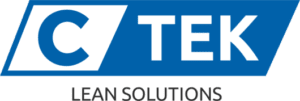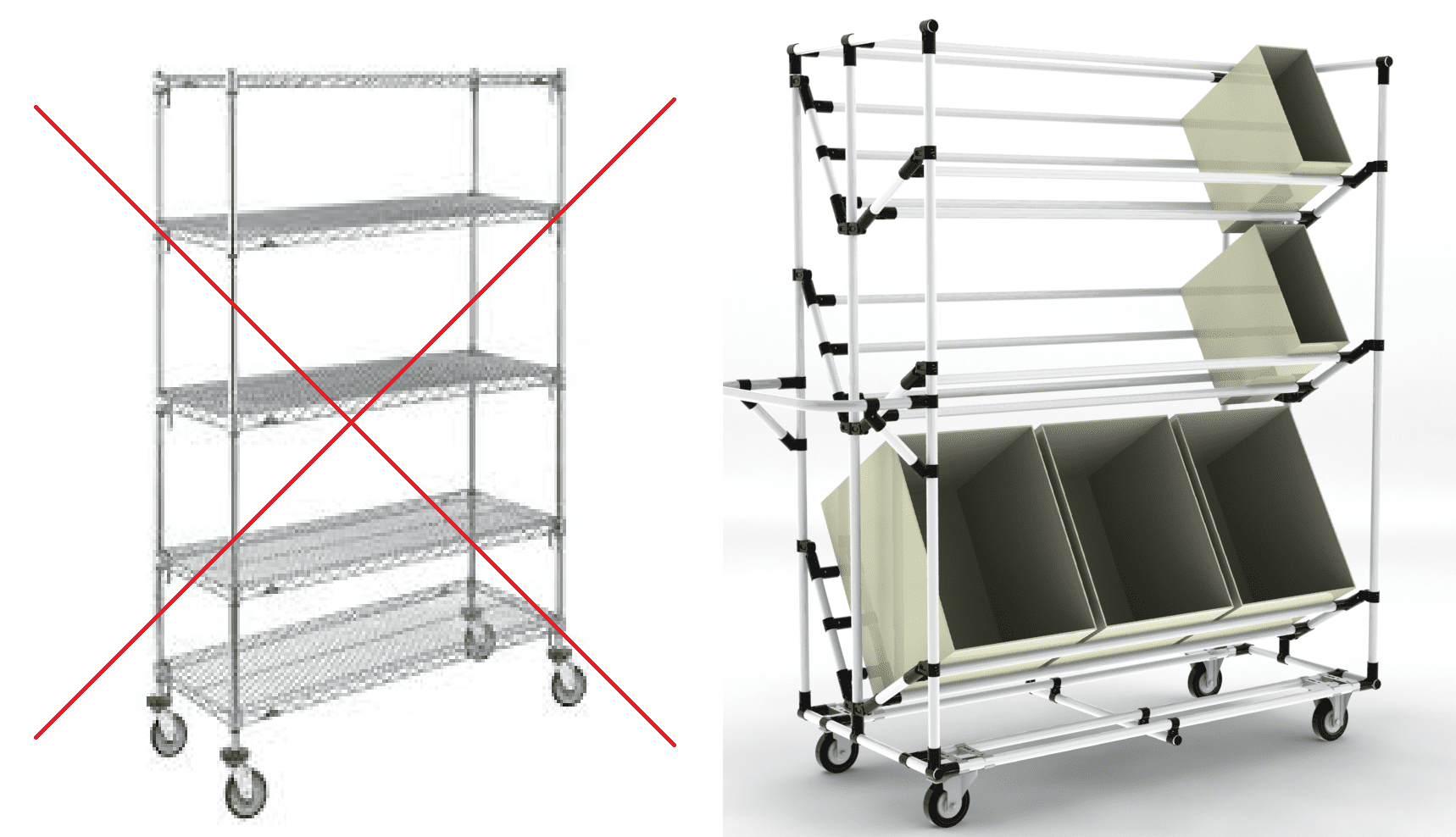7 Things To Avoid When Practicing Lean Solutions
Sometimes, following directions proves the easiest way to do something. Of course, as important as the “dos” are to any undertaking, so are the “don’ts.” This proves true when practicing lean solutions. Though the practice of lean solutions has developed in the past 25 years, their core tenet remains the same: simultaneously maximize customer value and minimize waste.
To help you better implement and achieve the continuous improvement your business or startup deserves, remember these “don’ts” when developing lean systems:
1. Never forget that lean solutions are purpose driven, just as the organization must be. A lack of understanding of the purpose causes failure in many changes. Every person in the organization needs to understand why you’re making operational, organizational, and production changes. Work your implementation into the company’s culture.
2. Don’t ignore or leave out your process improvement strategy. This long-term process takes strategy implemented organization-wide. Strategy is dependent on people, not processes, so put people first in your process strategy.
3. Don’t underestimate the importance of getting C-level and higher management support. Leadership needs to inspire and lead the improvement efforts. Improvement doesn’t happen only on the line, but at the highest levels.
4. Don’t let a lack of involvement hurt your efforts. Lean development means far more than a manager walking the production floor to spot where a tube needs replacing or a motor seems worn. A successful program involves every person at every level. Your production line workers and front desk receptionist should also suggest improvements and you should listen. They know their work stations better than anyone, so their suggestions for modular racks or ergonomic design changes make the most sense and may make the most impact.
5. Don’t ignore employee education and training. Understanding brings support. Educate all employees, not just management.
6. Don’t forget to measure your base line. You need metrics to start. One key to continuous improvement is identifying where you are to plan where you want to go. Document material handling procedures and timelines. Improvements shore up processes and the time it takes to accomplish them.
7. Don’t forget your customers. Your improvements need to include their preferences. Your material handling procedures include getting the products to them using their preferences. This might include ergonomic design and packaging. It may extend to delivery preferences.
When implementing lean systems, remember that it goes far beyond the manager on the line spotting problems. It could mean an employee suggesting modular racks to put items in closer reach or a customer suggesting better, more efficient packaging. Lean can mean the C-level noticing a constantly delayed executive process and implementing changes.
Never forget improvement extends to all levels. Let C Tek Lean Solutions help your firm jump start its improvements.

